15 Tricks to Catch More Fish Without Changing Your Gear
Fishing success doesn’t always require the latest expensive equipment or gadgets. Many experienced anglers know that technique and strategy often trump gear when it comes to landing more fish. Whether you’re fishing from shore, a boat, or wading in a stream, simple adjustments to your approach can dramatically improve your results. The following tricks will help you maximize your fishing productivity without spending a dime on new equipment. By focusing on skill refinement rather than gear acquisition, you’ll not only catch more fish but also develop a deeper understanding of fishing fundamentals that will serve you well in any fishing scenario.
Master the Art of Stealth

Fish have highly developed senses that alert them to potential danger, and a careless approach can ruin your fishing spot before you even make your first cast. Walking softly near the water’s edge, avoiding bright clothing that creates stark silhouettes, and minimizing splashing or bank stomping will significantly increase your chances of success. In clear water conditions, try approaching from a low position to reduce your visibility from below. Many experienced anglers even go so far as to crawl to the water’s edge when targeting particularly skittish species like trout in crystal-clear streams. Remember that fish can feel vibrations through the water, so moving deliberately and quietly should become second nature.
Perfect Your Casting Accuracy
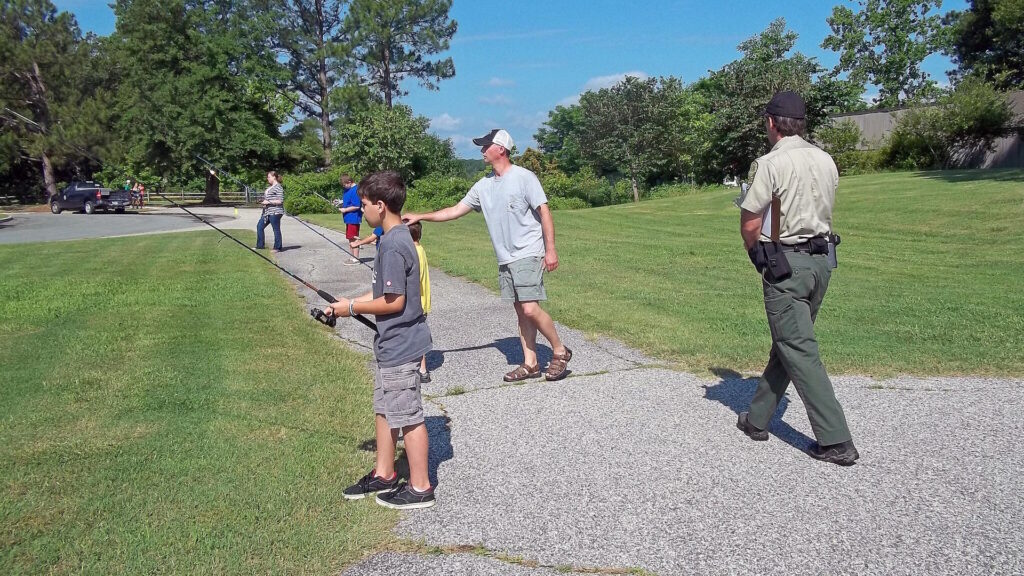
Precision casting is perhaps the most underrated skill in fishing, yet it can dramatically increase your catch rate without changing a single piece of equipment. Spend time practicing hitting specific targets at various distances, using items like hula hoops or plastic lids as targets in your yard before heading to the water. Focus on developing a smooth, consistent casting stroke rather than using excessive force. Accurate casting allows you to place your bait or lure exactly where fish are holding—under overhanging trees, alongside structure, or at the edges of current seams—without disturbing the area with repeated poor casts. Even just 30 minutes of dedicated practice weekly can transform your casting accuracy over the course of a fishing season.
Time Your Fishing Trips Strategically
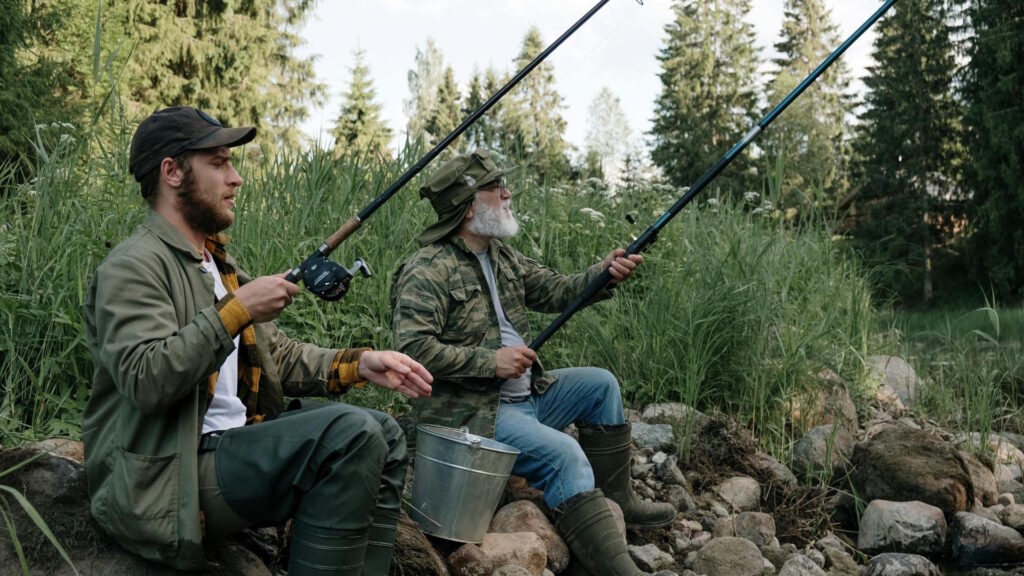
Understanding when fish are most likely to feed can double or triple your success rate without changing any equipment. Dawn and dusk typically offer prime feeding periods for many species, known as “golden hours” among seasoned anglers. Overcast days often extend these feeding windows, while sudden barometric pressure changes before storms can trigger feeding frenzies. Researching moon phases can also improve your timing, as many species feed more aggressively during full and new moons. Seasonal patterns matter too—knowing when your target species spawn, migrate, or change their feeding habits throughout the year allows you to be on the water when they’re most active. Keeping a fishing log that tracks conditions and results can help you identify patterns specific to your local waters.
Slow Down Your Presentation
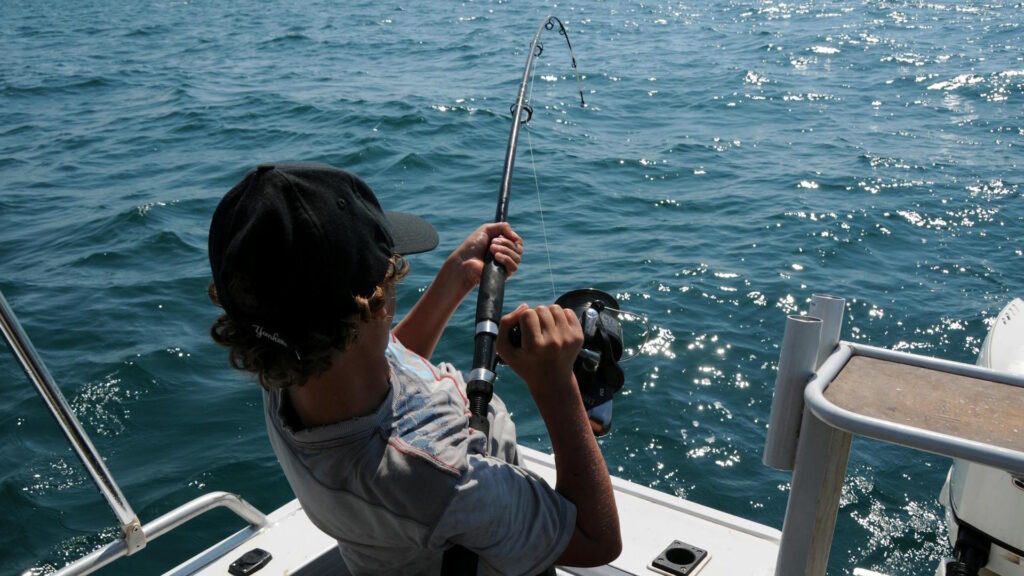
Fishing too fast is one of the most common mistakes that limits catch rates. When fish seem inactive or strikes are infrequent, try dramatically slowing down your retrieve or drift. This adjustment is particularly effective in cold water conditions when fish metabolism slows, making them less likely to chase fast-moving baits. A near-motionless presentation often triggers strikes from fish that would ignore a quickly moving lure. Even predatory species like bass and pike sometimes prefer an easy meal that barely moves over one that races away. Experiment with painfully slow retrieves, dead-sticking (letting your lure sit motionless), and subtle twitches with long pauses between movements to entice reluctant biters.
Learn to Read Water Structure
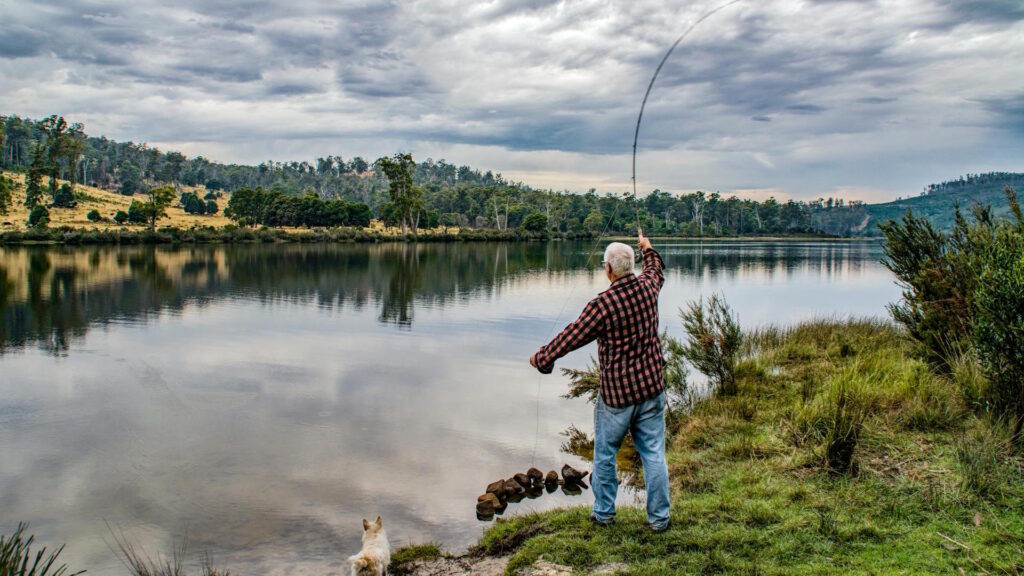
Understanding where fish hold in different water conditions is often more important than what you’re using to catch them. Fish typically position themselves near structures that provide food, oxygen, shelter, or advantageous hunting positions. Look for submerged logs, rock piles, weed edges, depth changes, current seams, and eddies that create these favorable microenvironments. On rivers and streams, target the slower water behind obstacles where fish can rest while waiting for food to drift by. On lakes, focus on points, drop-offs, and transitions between different bottom compositions. Developing this “fish eye” perspective takes practice but costs nothing while dramatically increasing your opportunities to present your lure to actively feeding fish.
Sharpen Your Hooks Regularly

Dull hooks are responsible for countless lost fish, yet many anglers neglect this simple maintenance task. Inspecting and sharpening your hooks before each fishing trip ensures solid hooksets when those precious strikes occur. A quality hook file costs little and can revitalize dozens of hooks, effectively giving you new hook performance without replacement costs. Test sharpness by gently dragging the point across your fingernail—a sharp hook will catch slightly rather than sliding freely. Pay special attention to hooks that have contacted rocks, gravel, or other hard surfaces during retrieves. For treble hooks, ensure all three points are equally sharp, as fish often strike at different angles and may contact any of the points during the hit.
Master the Art of Knot Tying

Even the best gear fails when connected with poor knots, making proper knot tying a zero-cost improvement that directly increases landing rates. Focus on mastering a few versatile, strong knots rather than knowing dozens poorly. The improved clinch knot, Palomar knot, and uni knot should form the foundation of your knot repertoire. Practice until you can tie them quickly and consistently, checking each knot’s strength before casting. Always wet your line before cinching knots tight to reduce friction that weakens the line. A properly tied knot should reach nearly 100% of your line’s rated strength, while poorly tied versions might fail at 50% or less of rated capacity. This difference often determines whether you land that trophy fish or tell another story about “the one that got away.”
Use Natural Fishing Rhythms

Fish respond to natural movements and rhythms that mimic their prey, making your retrieve pattern critically important regardless of what lure you’re using. Instead of mindlessly reeling at a constant speed, incorporate irregular pauses, twitches, and speed changes that trigger predatory responses. This approach works because injured baitfish move erratically, making them easier targets for predators. Experiment with subtle rod tip movements while maintaining slack line to create more lifelike action. When fishing soft plastics, the “deadstick” technique—letting your bait sit motionless after a series of hops or twitches—often triggers strikes from following fish that haven’t fully committed. These technique refinements cost nothing but can transform your existing lures into much more effective fish-catchers.
Downsize Your Line and Leaders
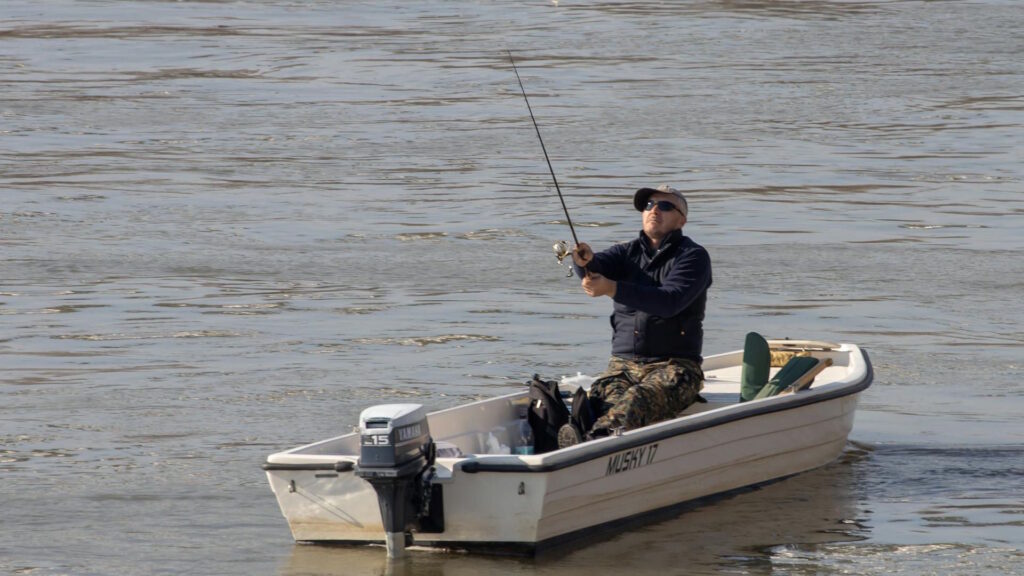
When fishing pressure is high or water conditions are clear, simply reducing your line diameter can dramatically improve bite rates without changing lures. Fish develop wariness toward obvious presentations, and thinner line creates less visibility and water disturbance. Consider dropping down one or two line sizes from your standard setup during challenging conditions. This adjustment is particularly effective in clear water environments where fish have more time to inspect your offering before striking. While lighter line reduces your maximum fighting capacity, the trade-off often results in significantly more hookups. This principle applies to all fishing methods—from fly fishing leaders to bass fishing fluorocarbon to trolling setups—and represents one of the most consistently effective adjustments in pressured waters.
Master the Weather Patterns

Understanding how weather affects fish behavior allows you to fish more effectively without changing equipment. Barometric pressure changes often trigger feeding activity, with falling pressure before storms frequently creating excellent fishing opportunities. Wind direction impacts where baitfish and consequently game fish will concentrate, with winds pushing food and warmer surface water toward windward shores. Water temperature changes of just a few degrees can shift fish from deep to shallow water or vice versa, completely changing effective presentation depths. Cloud cover extends feeding periods for light-sensitive species that might only feed during dawn and dusk on bright days. Learning to read these environmental signals helps you position yourself in high-probability areas when fish are most likely to be active.
Maintain Proper Rod Position
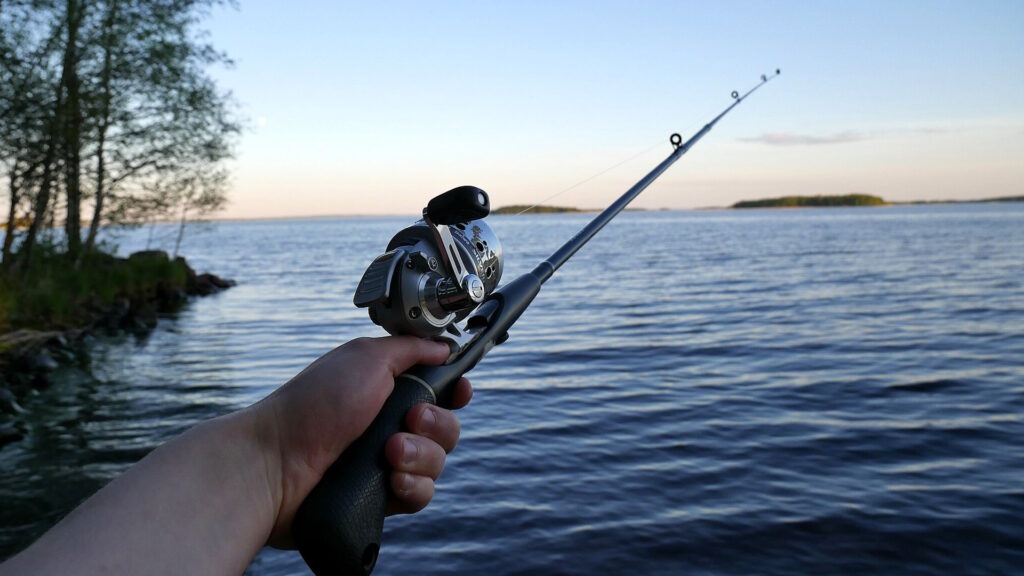
The angle at which you hold your rod significantly impacts lure action, hook setting power, and your ability to detect subtle bites. For most situations, keeping your rod tip at the 10 o’clock position (slightly elevated) during retrieves provides optimal control and bite detection. When fishing soft plastics or jigs along the bottom, a lower rod position around 9 o’clock allows better feel for structure and light bites. Conversely, when working topwater lures, a higher rod position creates better visibility and control of the lure’s movement. During the fight, remember that your rod serves as a shock absorber—maintain pressure by keeping the rod loaded (bent) at approximately a 45-degree angle rather than pointing directly at the fish. These positioning adjustments cost nothing yet significantly improve your effectiveness with existing equipment.
Tune Your Existing Lures
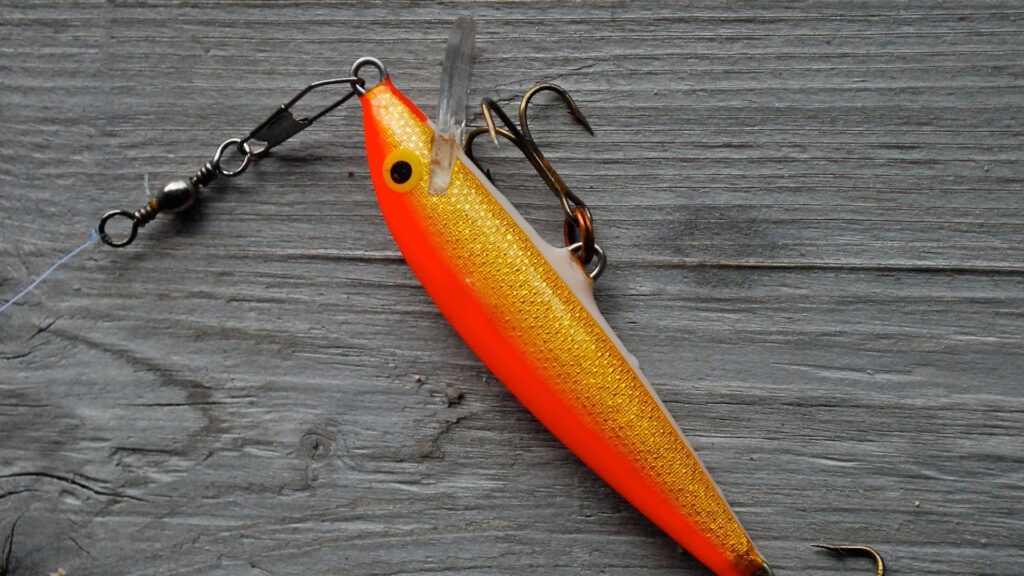
Many out-of-the-box lures don’t run perfectly straight or with optimal action, but simple tuning can transform their effectiveness. For crankbaits and swimbaits, check the running action by retrieving them alongside your boat or near shore—they should track straight without rolling or veering sideways. Use needle-nose pliers to make minute adjustments to the eye or lip position until the lure runs true. For spinnerbaits, ensure the wire frame hasn’t been bent and that the blades spin freely even during slow retrieves. Soft plastic baits can be customized by trimming tails for different actions or adding salt for weight and flavor enhancement. Even hooks can be upgraded on existing lures, replacing factory hooks with sharper, stronger versions for better hooking percentages without purchasing entirely new lures.
Master the Art of Scent Management
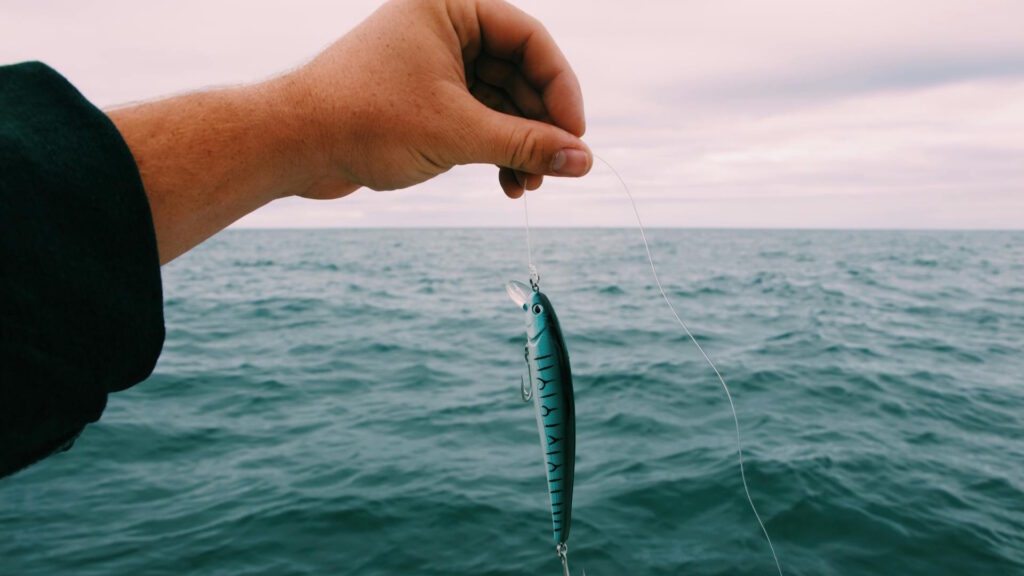
Fish rely heavily on their sense of smell, making scent control a zero-cost way to improve your catch rate. Start by eliminating negative scents on your hands—gasoline, sunscreen, insect repellent, and food odors can all deter bites. Wash hands with unscented soap or rub them with mud, grass, or leaves before handling bait or lures. For artificial lures, consider wiping them down or storing them with natural scents like anise oil, garlic, or commercially available fish attractants. When using natural baits, protect their natural scent by keeping them cool and fresh, replacing them frequently once they lose their aroma. Even your fishing line can absorb and transmit unwanted scents, so consider rinsing the last few feet of line occasionally, especially when fish seem finicky.
Focus on Fish-Holding Edges
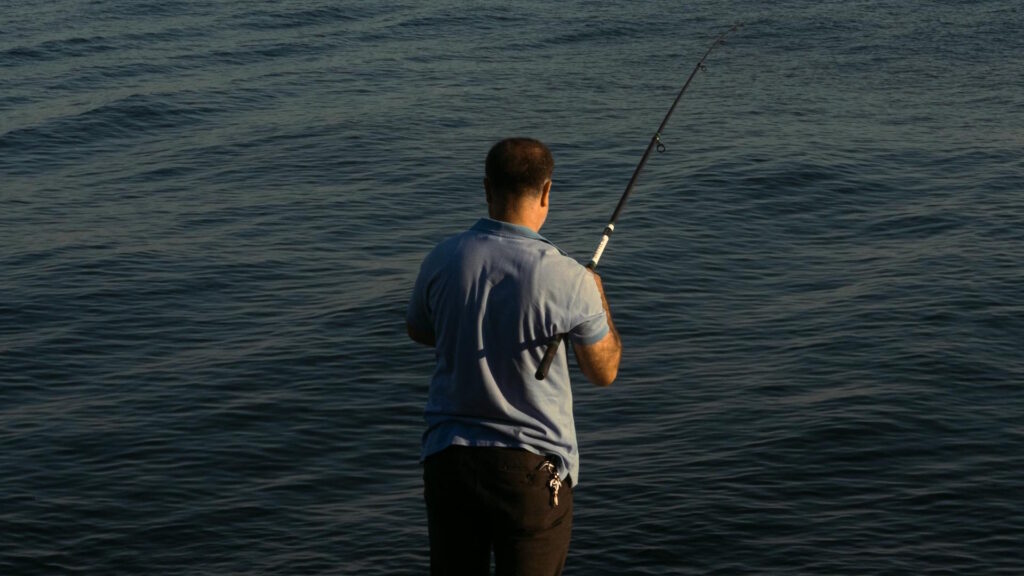
Fish naturally concentrate along transition areas where different habitats meet, creating high-percentage zones that reward precise presentations. These edges might be visible, like the boundary between weeds and open water, or invisible, like thermoclines where temperature layers stratify in deeper lakes. Other productive edges include current seams in rivers, shadows versus sunlight, clear water meeting stained water, and depth contours where shallow flats drop to deeper water. Focusing your efforts on these transition zones concentrates your fishing in areas where predators naturally ambush prey. By thoroughly working these edges rather than randomly covering water, you maximize the time your lure spends in front of actively feeding fish without needing to purchase specialized equipment for different areas.
Develop a Strategic Approach to Each Fishing Spot
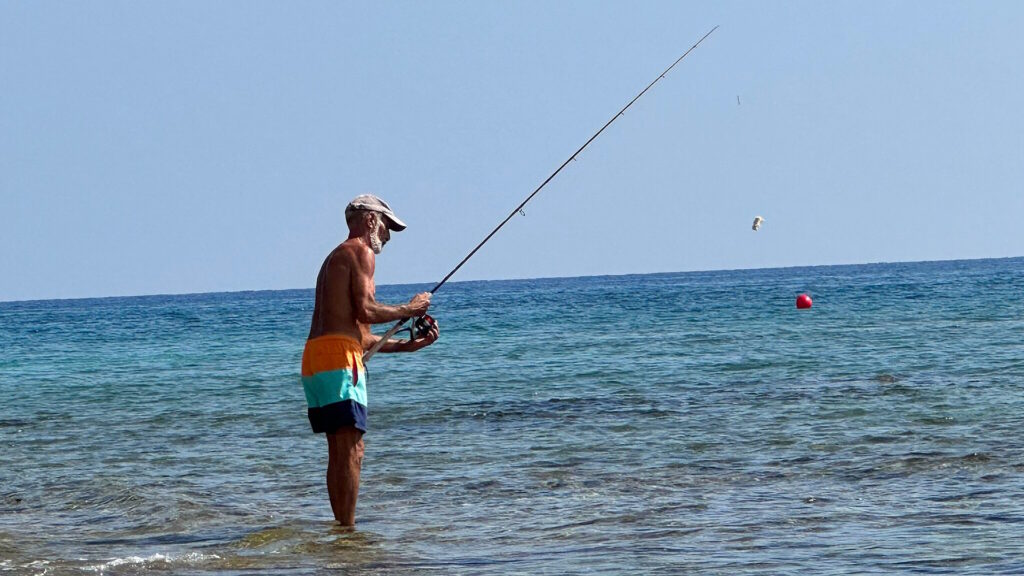
Many anglers immediately cast to the most obvious feature when arriving at a fishing location, potentially spooking fish holding in shallower or closer areas. Instead, develop a methodical approach that works from the outside in—start by casting to the closest potential fish-holding areas and gradually work outward. This prevents you from casting over fish and alerting them to your presence. Similarly, on rivers, work upstream when possible so your presence doesn’t alert fish you haven’t reached yet. Plan your movement patterns to minimize disturbance, considering sun position to avoid casting shadows over fishing areas. This strategic approach ensures you thoroughly and efficiently cover water without compromising productive areas before you’ve had a chance to fish them properly.
Match Your Presentation to Fishing Pressure

Fish behavior changes dramatically based on fishing pressure, requiring anglers to adjust their presentation accordingly without necessarily changing lures. In heavily pressured waters, consider fishing during off-peak hours when most anglers aren’t present, such as midday during summer or during light rain when casual fishermen stay home. Present your existing lures in less conventional ways—try extremely slow retrieves, unusual stop-and-go patterns, or targeting overlooked areas that receive less casting pressure. Subtlety becomes increasingly important as pressure increases, so scale down your movements and focus on finesse presentations with your existing gear. Making longer casts that keep you further from fish can also improve results in clear, pressured waters where fish have become wary of human presence.
Conclusion
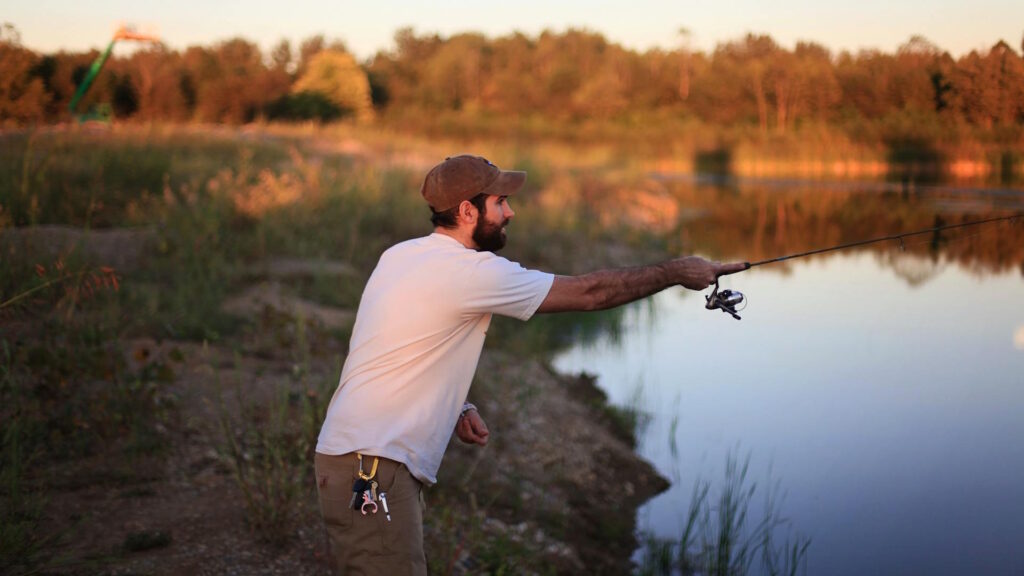
Implementing these fifteen techniques will significantly improve your fishing success without requiring any investment in new equipment. The most successful anglers understand that knowledge, observation, and technique refinement often matter more than having the latest gear. By focusing on these fundamental skills and strategies, you’ll not only catch more fish but also develop a deeper understanding of fish behavior and aquatic ecosystems. Remember that fishing mastery comes through practice and attention to detail—the subtle adjustments described here separate consistently successful anglers from those who occasionally get lucky. Your existing tackle, when used with skill and strategy, is likely more than adequate to dramatically improve your fishing results.
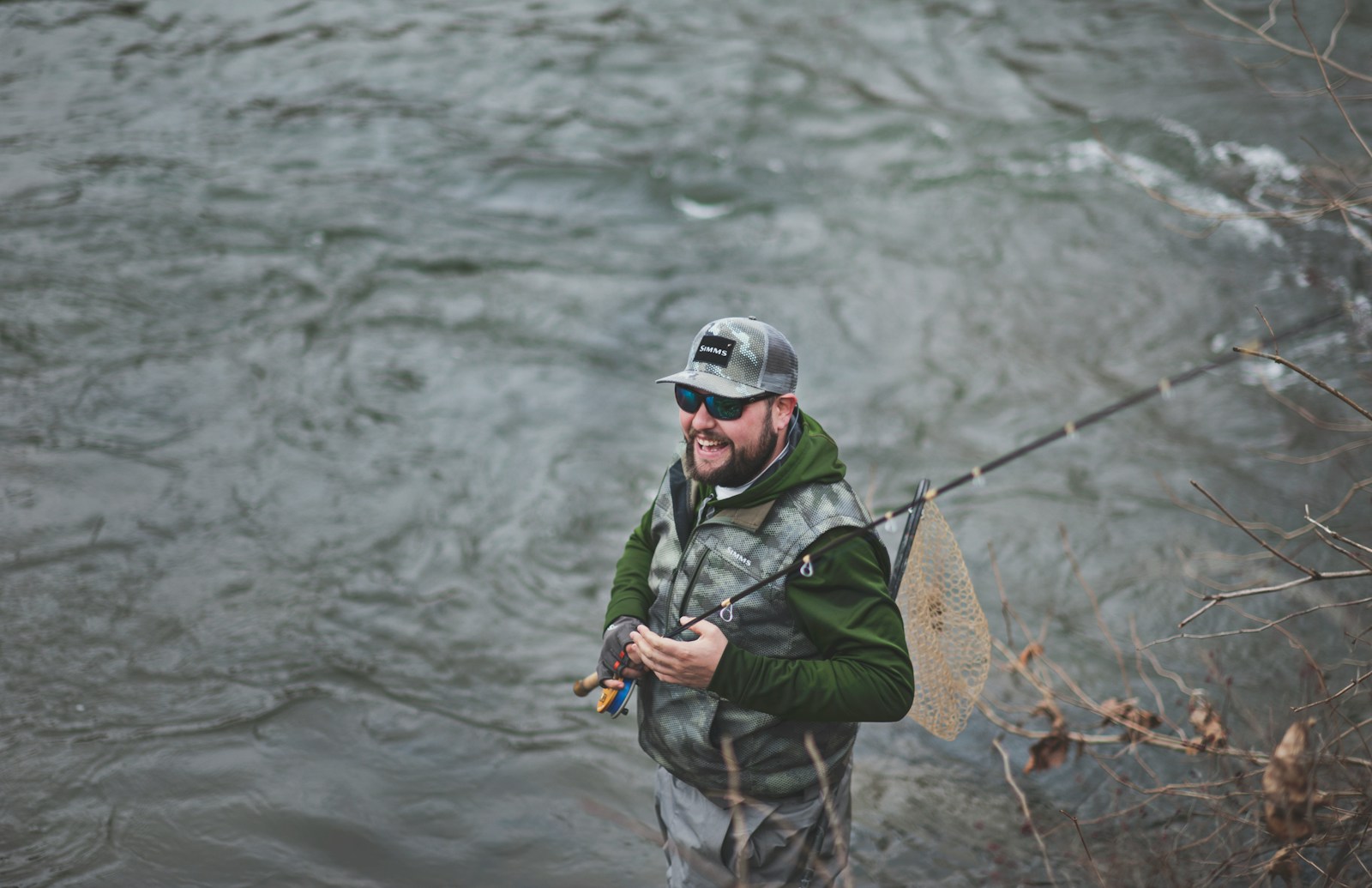

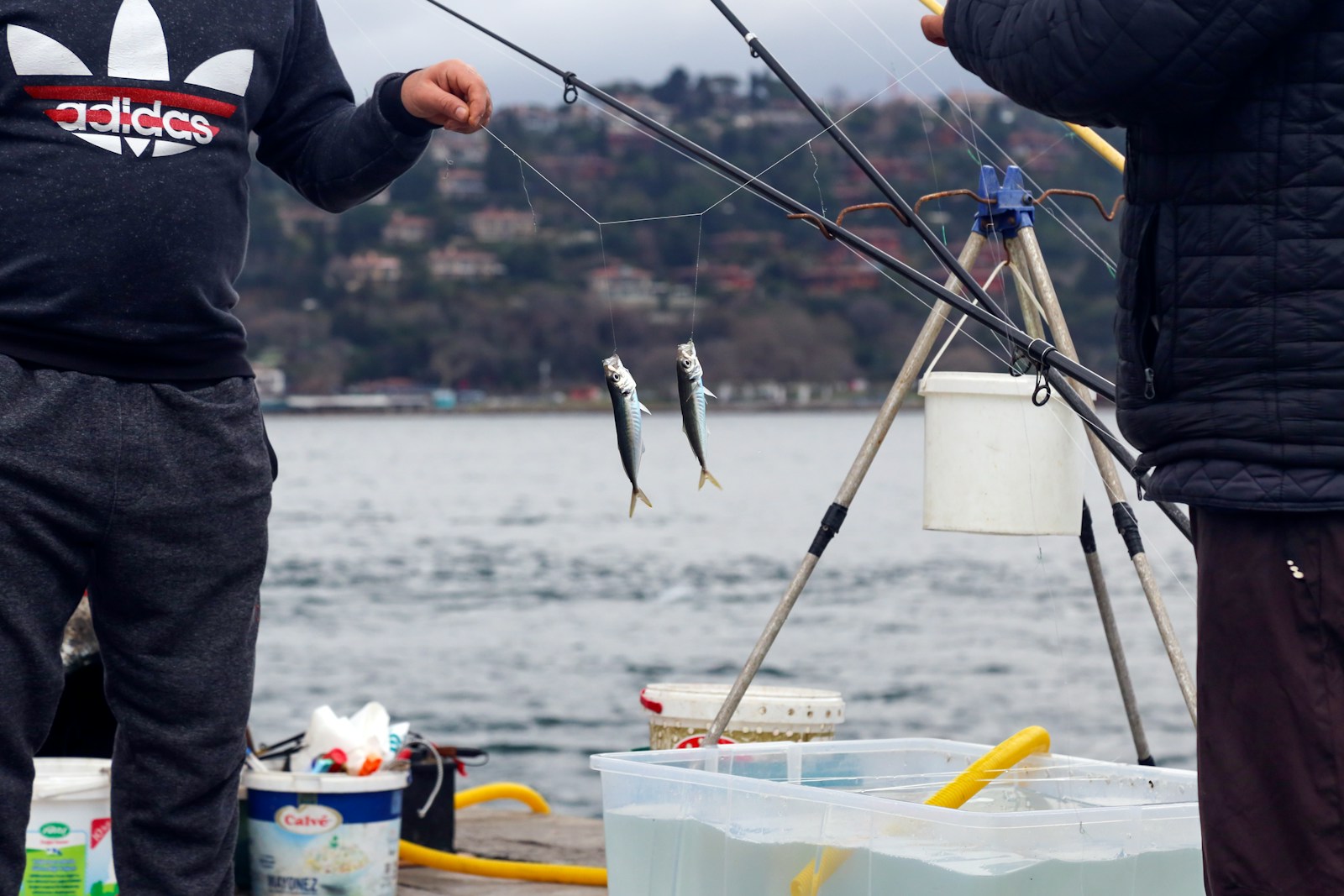











Post Comment